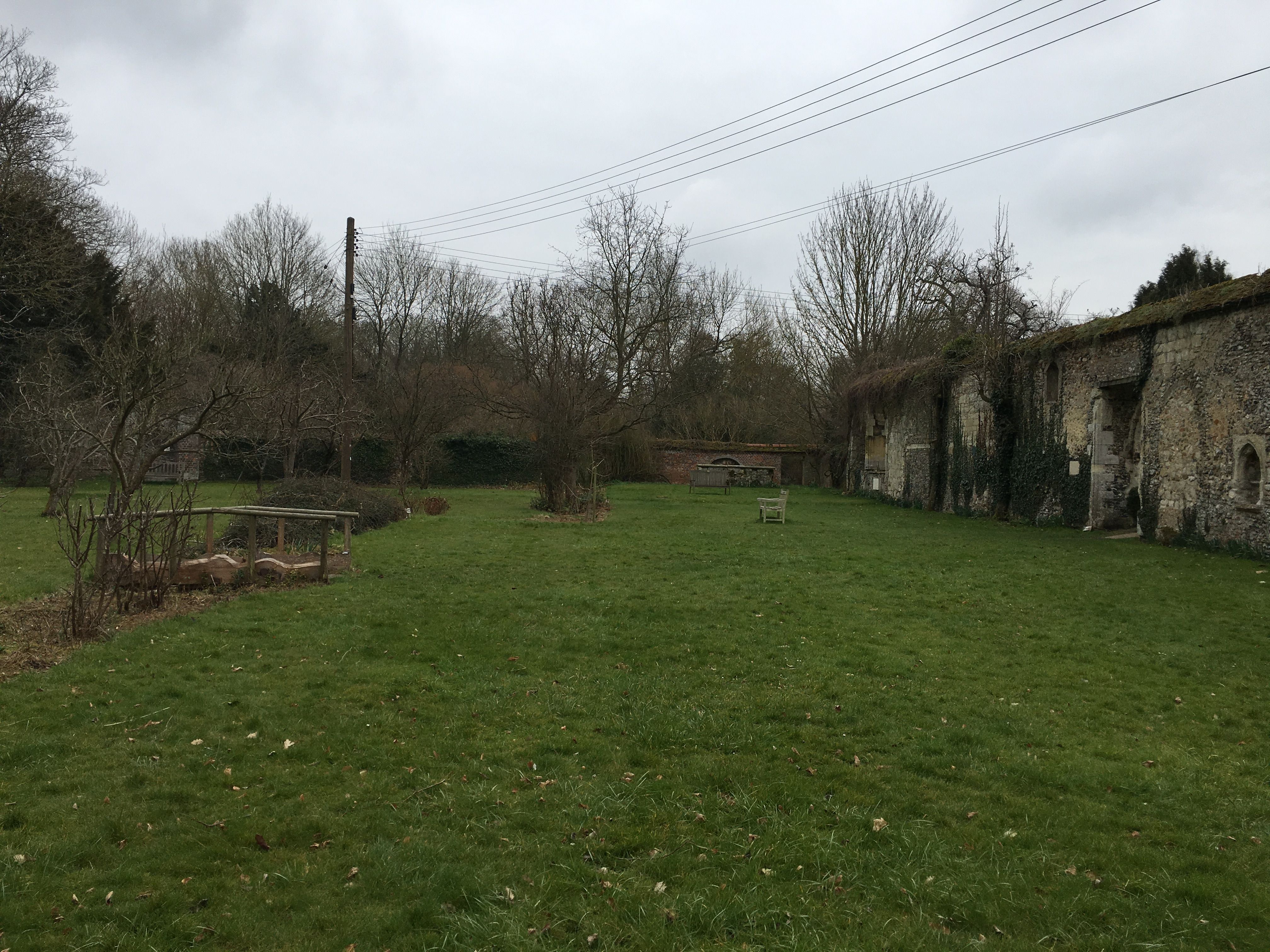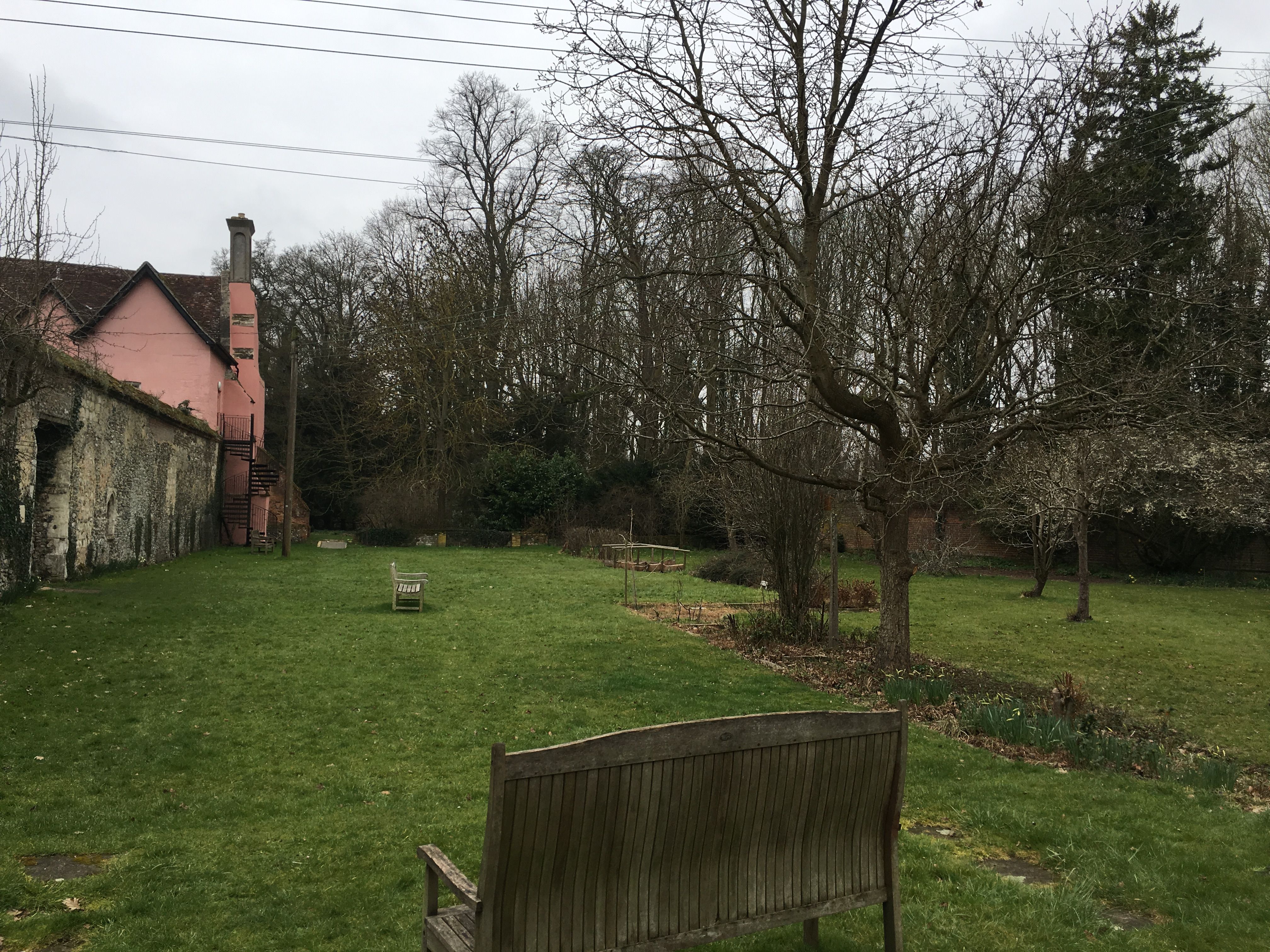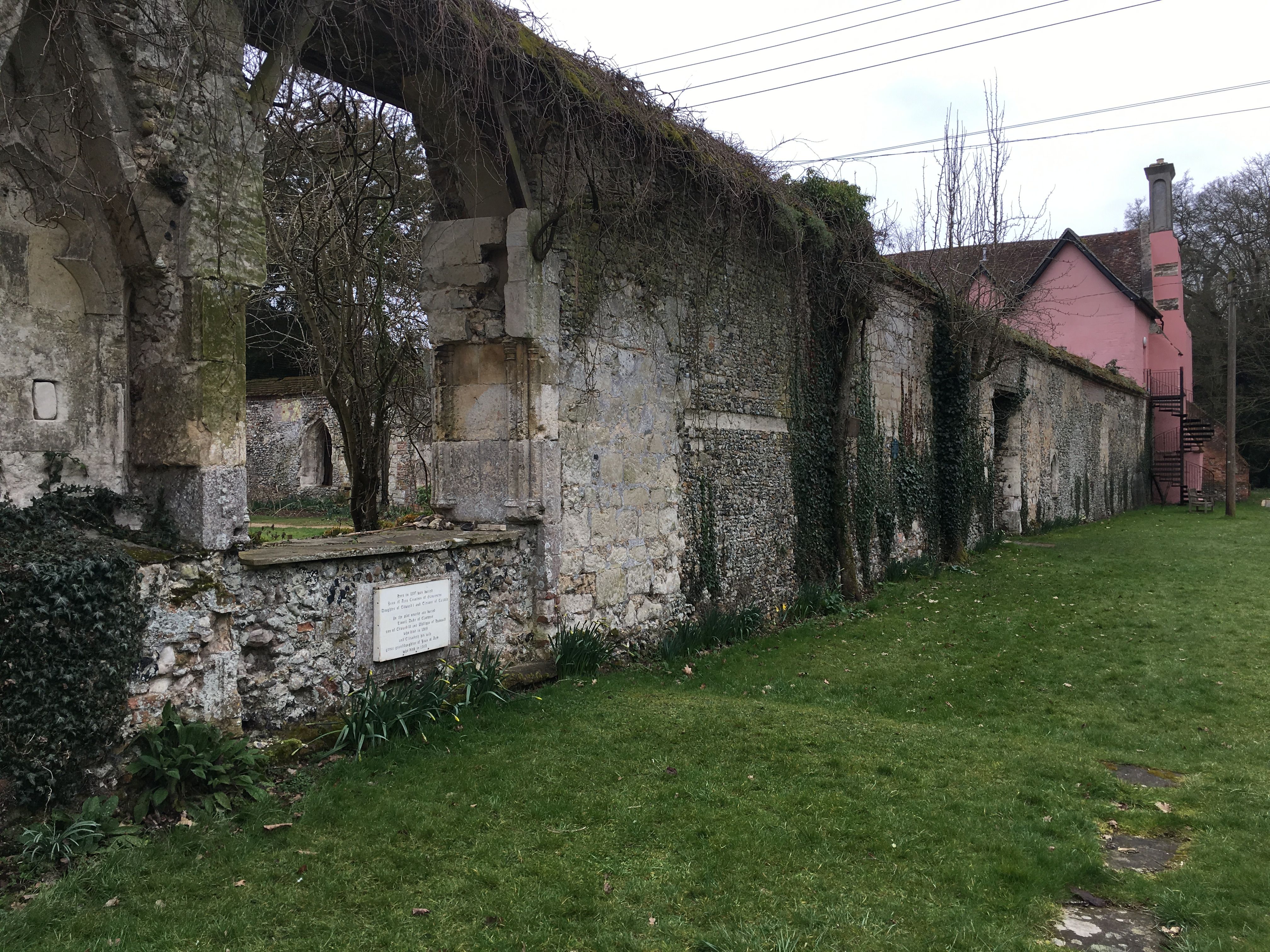When Lord de Clare was born King Henry I. of England bestowed upon him the Lordship of Nether Gwent. Walter de Clare would later go on to found Tintern Abbey on 9 May 1131. Lord de Clare was first cousin of William de Giffard, Lord Chancellor of England, Bishop of Winchester, who had introduced the first colony of Cistercians to Waverley, Surrey, in 1128. The Cistercian monks who lived at Tintern followed the Rule of St. Benedict which appealed to Lord de Clare. After being persuaded by Walter de Gifford Lord de Clare finally founded Tintern Abbey which would exist until the reign of King Henry VIII of England when His Majesty's Dissolution of the Monasteries ended monastic life in England.
With this austere way of life, the Cistercians were one of the most successful orders in the 12th and 13th centuries. The Carta Caritatis (Charter of Love) laid out their basic principles, of obedience, poverty, chastity, silence, prayer, and work. This was Lord de Clares legacy which today sits in ruins.
When Lord de Clare was born King Henry I. of England bestowed upon him the Lordship of Nether Gwent. Walter de Clare would later go on to found Tintern Abbey on 9 May 1131. Lord de Clare was first cousin of William de Giffard, Lord Chancellor of England, Bishop of Winchester, who had introduced the first colony of Cistercians to Waverley, Surrey, in 1128. The Cistercian monks who lived at Tintern followed the Rule of St. Benedict which appealed to Lord de Clare. After being persuaded by Walter de Gifford Lord de Clare finally founded Tintern Abbey which would exist until the reign of King Henry VIII of England when His Majesty's Dissolution of the Monasteries ended monastic life in England.
With this austere way of life, the Cistercians were one of the most successful orders in the 12th and 13th centuries. The Carta Caritatis (Charter of Love) laid out their basic principles, of obedience, poverty, chastity, silence, prayer, and work. This was Lord de Clares legacy which today sits in ruins.
Family Members
Advertisement
Explore more
Sponsored by Ancestry
Advertisement







